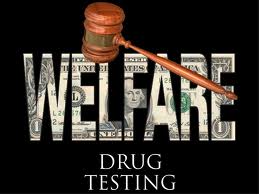Easily the story of the week and month. In the running for the story of the year.
The nation has been gripped, though less so until the trial started, by the Zimmerman Martin narrative. The reason for the hype and national attention?
Race.
The story has been constructed as a defining bias in America. A young black man unfairly treated by a white man in “authority” and then mistreated by a racist justice system.
My take of the verdict was one of inevitability. In my mind, from the very beginning, there was little, or even any, doubt that Treyvon assaulted George and that, acting in self defense, George shot Treyvon.
With that said, I have felt a profound sense of loss for the family of Treyvon. They have lost a son who set out to buy an evening snack of Skittles and tea. On his way home, an encounter with a neighborhood watch member went wrong, horribly wrong, with the result that a young man lost his life.
I get the tragedy. I get the feeling that must be racing through the family’s veins. I get the idea that something is wrong.
But I don’t agree that those feelings change the fact that George Zimmerman acted in self defense.
It’s going to take a long time to figure this one out and come to some form of peace. For the nation, the families and even for me. What was it that caused Zimmerman to suspect a young Treyvon? What was it that caused this young man to lash out and feel that his only recourse was to beat Zimmerman? Is it race? Is it natural suspicion? Is it biases? And if so, are those biases justified or are they horrible examples or residual bigotry?
All these feelings, investigating these feelings and questioning all of it is natural.
Time will tell.




